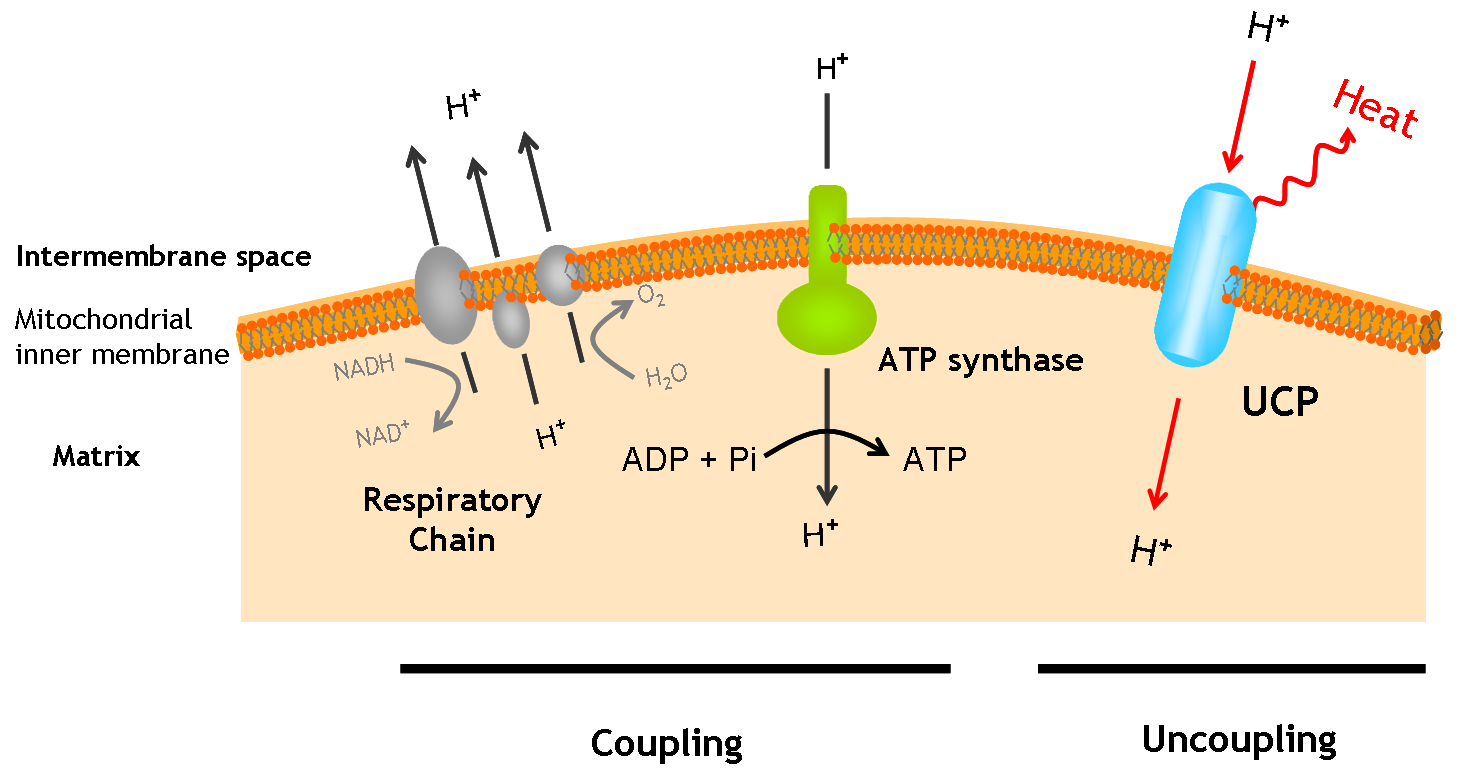Team:Valencia/Project
From 2008.igem.org
Home | The Team | The Project | Parts Submitted to the Registry | Modeling | Notebook
Introduction | Objectives | Results | Modeling
Heat is vital for life. Many living forms are unable to maintain its temperature in an adequate range; while others keep it constant using several biochemical mechanisms. We thought it would be really interesting to implement some of these biological tools in an organism that we could easily control.
Using yeast as our model, we aim to be able to express a common mammal protein, thermogenin, to produce heat. This process would be really useful in many industrial applications and even daily routine actions. Thermogenin is a mitochondrial membrane protein that dissipates proton gradient in heat.
We are using Saccharomyces cerevisiae strains kindly handed over by Dr. Eduardo Rial. Besides, we have built our own calorimeters so as to record temperature differences.
In a later stage, we expect to control these temperature differences to optimize the possible applications. Consequently, we will implement a regulatory system for the thermogenin gene expression.
Watch out for news from our project!
How thermogenin works
UCP1, also known as thermogenin, is an uncoupling protein found in the mitochondria of brown adipose tissue. This protein plays an important role in hibernating mammals and in human infants since it is able to generate heat. UCP1 provides an alternative pathway by which protons can reenter the mitochondrial matrix from the intermembrane space, instead of going through ATP synthase. The result is a temperature increase rather than ATP production in the tissue containing this protein family.
 "
"
